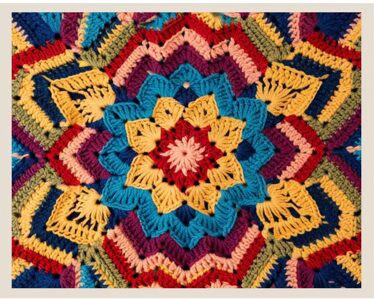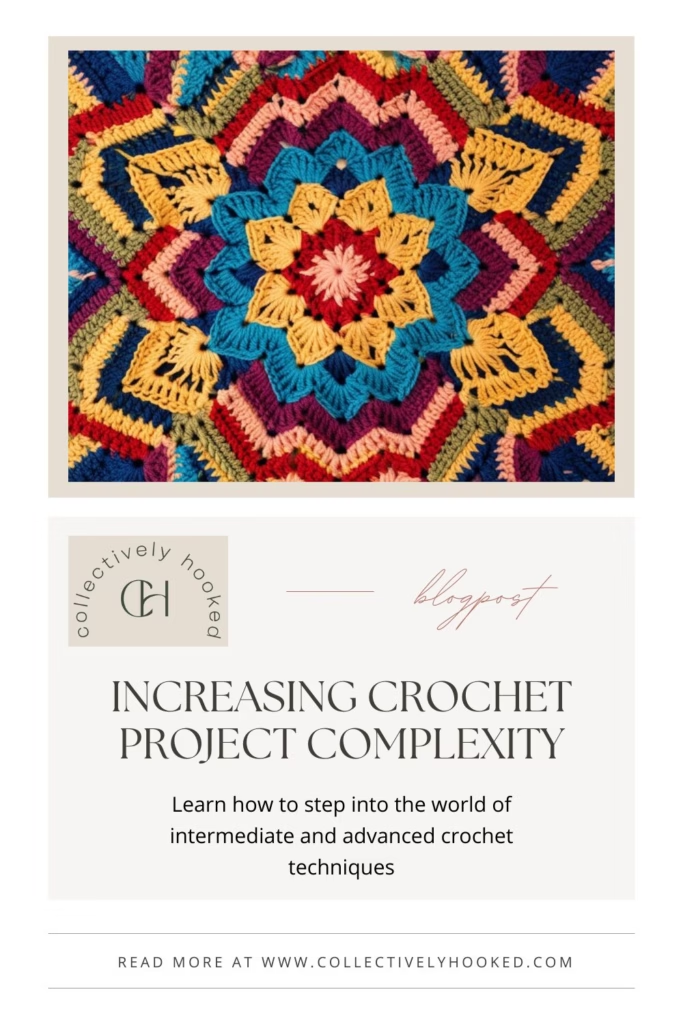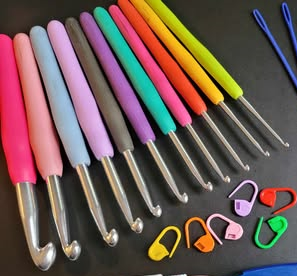Increasing Crochet Project Complexity
Introduction to complexity
Once you have the basics of crochet down, you’ll be looking to get into more complex projects and techniques. Who doesn’t like a challenge? We all like a good challenge (as long as its doable). So here are some tips and techniques that can set you on the right track to increasing crochet project complexity.
RELATED: Crochet: How To Start As A Beginner
Basic Crochet Supplies Every New Crocheter Should Have
DISCLOSURE: This post contains affiliate links, meaning if you click on a product or service, and decide to purchase it, I may receive a commission at no extra cost to you. All recommended products and services are based on my experience with them. For more information, please read my Disclaimer.
There are a number of factors that can label a crochet project as beyond basic. Using more advanced stitches, multiple color changes, the level of difficulty of the instructions, sewing on lots of parts and accessories, and the skill required to make the project will increase project complexity. Improving your crocheting skill, beyond just the use of basic stitches, allows for the creation of more unique and intricate projects.
Below, I’ve listed some ideas to improve your crochet game. You certainly do not have to do all of these stitches and suggestions, but it will give you an idea of ways to improve your crochet complexity and both wow yourself and others!
Stitch progression
Moving into intermediate and advanced stitches can provide a great challenge to practice and hone your crochet skills. Since the stitches and patterns become more complex in nature, remember to take your time learning the stitches and check out tutorials on YouTube if you are more of a visual learner and need additional guidance. Some stitches with increased difficulty include:
- Cluster stitches (bobbles, popcorns, puffs, etc.)
- Moss stitch
- Waffle stitch
- Post stitches (front/back post) – stitching in the long vertical part of the stitch instead of in the top.
- Shell variations (check out this guide by Yarnspirations )
- Crossed stitches – creates an “X” appearance to your stitch
- Mosaic crochet techniques
Be sure to focus on one new stitch at a time. Learn one, master it, and then move on to another! Practice makes progress!
RELATED: Ultimate Guide To Crochet Techniques
Construction techniques
Construction techniques (the ways that pieces can be joined to create larger projects) that add complexity to crochet projects include:
- Working in the round vs. flat pieces that are joined
- Different types of joining methods (whip stitch, invisible seam, etc)
- Construction direction (top-down, bottom-up, side-to-side)
- Modular construction (motifs, squares, hexagons)
There are so many different ways to join pieces. Some patterns suggest or recommend the method that they feel looks the best, but you can use a different method if, in the end, it has the desired effect.
Texture and dimension techniques
Check out some of these techniques that add unique dimension and textures to your project.
- Overlay crochet
- Raised stitches
- Surface embellishments
- Tapestry crochet
Color work complexity
Color work can get really tricky! When using multiple colors, you will have yarn skeins all over the place and strands everywhere. After enough practice you will learn how to keep yourself from getting caught up in all the yarn. Some examples of techniques that add complexity in color work include:
- Color changes
- Fair Isle crochet – a color change technique where you carry the color with you
- Intarsia method – working two or more colors of yarn in a single crochet row by fastening off and reattaching the different colors of yarn as you need them.
- Corner-to-corner (C2C) color work
Pattern reading
Learning how to read patterns is a must! This is a guaranteed way of increasing the complexity of your crochet projects. Whether a written pattern or a chart (or both), you can practice your skills with plenty of existing patterns. Practice makes progress! So if you’re not sure what to make next, check out existing patterns, by skill level, and try some of them out! Here are some key concepts you will need to consider and tips on how to approach them.
How to interpret more complex written patterns
- Understand the basic stitches
- Get familiar with stitch abbreviations and how they are used in the crochet pattern or chart you plan to use
Advanced chart reading
- Learn stitch symbols
- Directional markings
- Row numbering and structures
- Identify pattern repeats
- Identify if you need to start in the middle or at the bottom of the chart (depends on the project)
Tips for keeping track of complex pattern repeats
- Write notes on your pattern
- Use stitch markers at the beginning, end, or both of a complex pattern repeat
RELATED: Beginner Written Crochet Pattern Walk-Through
Project planning for complex work
- Consider how much time you have to spend on the project each day
- How much yarn and other materials will be needed (check your current stash)
- Does the project match your current skill level or is it too far above your current capabilities?
- Swatching is important with complex projects. It helps to know if you meet the gauge specifications to get the end result desired or if you will need to make adjustments
- Consider the yarn you plan to use and if it’s the right type for the project
- Make sure you have the proper tools that help with complex projects and keep them nearby
Troubleshooting
You will inevitably run into problems while working on complex patterns and projects (we all do!). I recommend skimming the pattern or project instructions for any areas that may prove troublesome. Be sure to pay attention to details. Increasing crochet project complexity can be tricky so allow yourself plenty of time and space to learn.
Research stitch patterns ahead of time if you think you may run into an issue. Be patient with yourself while working on complex projects. We all have to start somewhere!
Practice
I highly recommend checking out other patterns for practice. There are some amazing crochet designers that have patterns on their websites and Etsy pages. Popular yarn companies, such as Yarnspirations and Lion Brand, also have free patterns listed on their website for you to try as well.
You can also try LoveCrafts, Hobbii, Crochet.com, Premier Yarns, Allfreecrochet.com, and Ravelry.
I have an extremely long list of crochet stitches and patterns that I want to try in the future. I’ll be sure to update you on how it goes! Keep me posted if you try anything new! Be brave, get out there, and create!








Crocheting complexity is not something I’m ready for, but this was a great read with great tips when that day comes! Thanks for a great post!
You’re welcome! Definitely take your time and enjoy the crafting journey. There’s no race to the finish!
I am so impressed by your knowledge and ability to teach skills via your posts. You have great details helping new learners understand crochet. Thanks for your helpful posts.
I appreciate the kind words! I try to explain as much as possible since it can be difficult and sometimes overwhelming learning something new. I’m happy you find them helpful!